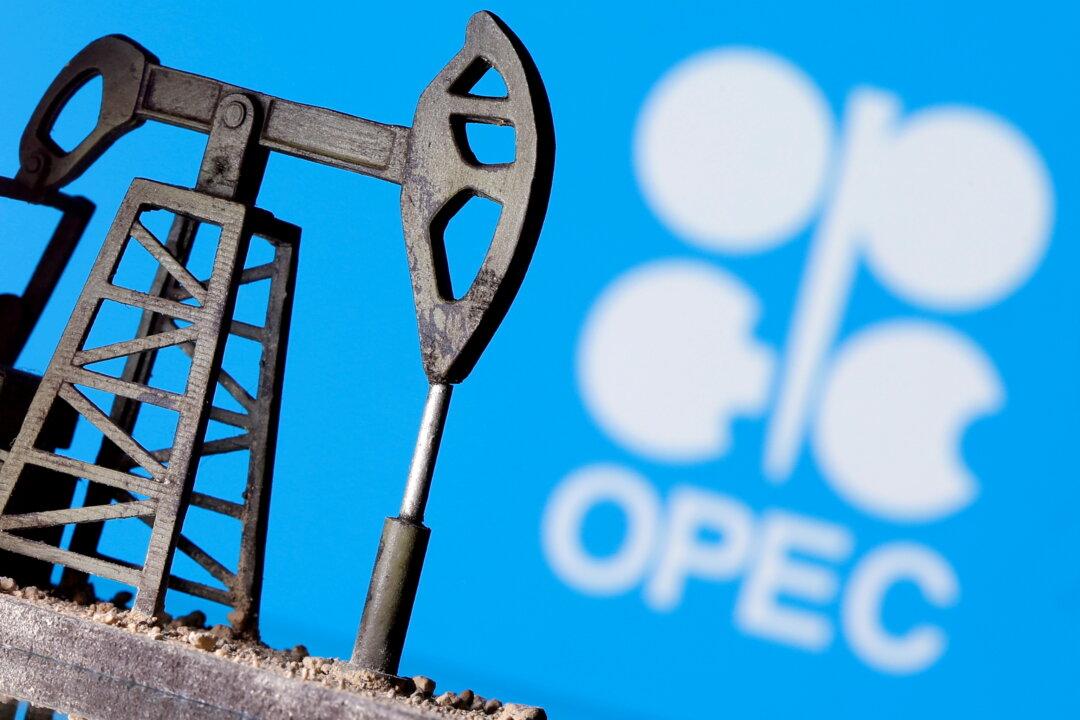The Organization of Petroleum Exporting Countries (OPEC) and its crude-producing allies, OPEC-plus, have agreed to maintain their production plan, despite calls from other countries to increase output in order to cool global energy markets.
At the OPEC and non-OPEC ministerial meeting on Nov. 4, conducted via videoconference, OPEC officials reaffirmed their commitment to continuing their program to gradually raise crude production by 400,000 barrels per day each month.





